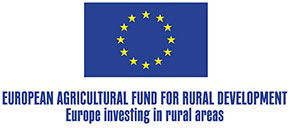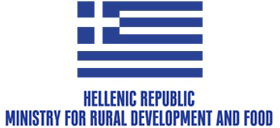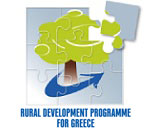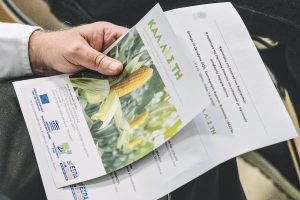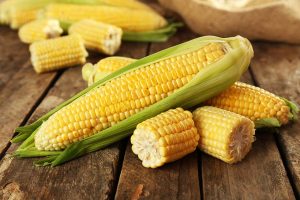The Operational Plan of the KAL.LI.S.TI Operational Team on site-specific maize fertilisation

The operational plan of the KAL.LI.S.TI Operational Team on site-specific maize fertilisation using variable nitrogen supply technology with high spatial distinction capabilities, introduces an internationally innovative technology, which allows producers to move away from uniform fertilisation, to methods that better exploit soil fertility and provide in-field on-site nutrient balance (precision diagnosis is achieved through active sensors and a scientifically valid algorithm, while application accuracy is due to an innovative electronic flow system that controls the pump speed).
To carry out the project, an Operational Team was created to interconnect research and production. As Dr Stamatis Stamatiadis — Director of Soil Ecology and Biotechnology Laboratory, ‘Gaia’ Centre, Goulandris Natural History Museum — stressed, to achieve this, the Goulandris Natural History Museum, which is charge of coordination, collaborated with ELGO-DIMITRA’s Institute for Agricultural Research, the Institute of Industrial and Forage Crops in Larissa, for sampling and analyses, GAIA EPICHERIEIN for promotion and dissemination of knowledge in the agricultural world, the ‘PRODEPOT’ company for remote sensing systems, and the ‘THESGI’ Agricultural Cooperative in Larissa, which will translate the results of the project into practice in the field.
The aim of the project is to highlight the advantages of the new technology over conventional applications in terms of the environment and the economy, to demonstrate the operational readiness of the system to apply site-specific fertilisation in real time and with high distinction capabilities, and to disseminate this new cultivation practice in the agricultural world.
Technology innovations
Diagnostic accuracy is achieved through active sensors (40 kHz) and a scientifically valid algorithm. The 1-m application accuracy is due to an innovative electronic flow system that controls the pump speed and, therefore, fluid flow, through pulse resonance. The system operates with automatic calibration, full recording of intervention data, in all types of tractors, and under all weather conditions.
The pilot application is designed to demonstrate the economic and environmental benefits of the new technology in real conditions on the cooperative scale, as well as on a field level for individual producers. The adoption of the new technology is expected to create a new sector of professional activity through the provision of fertilisation services by various operators (cooperatives/companies/individuals).
